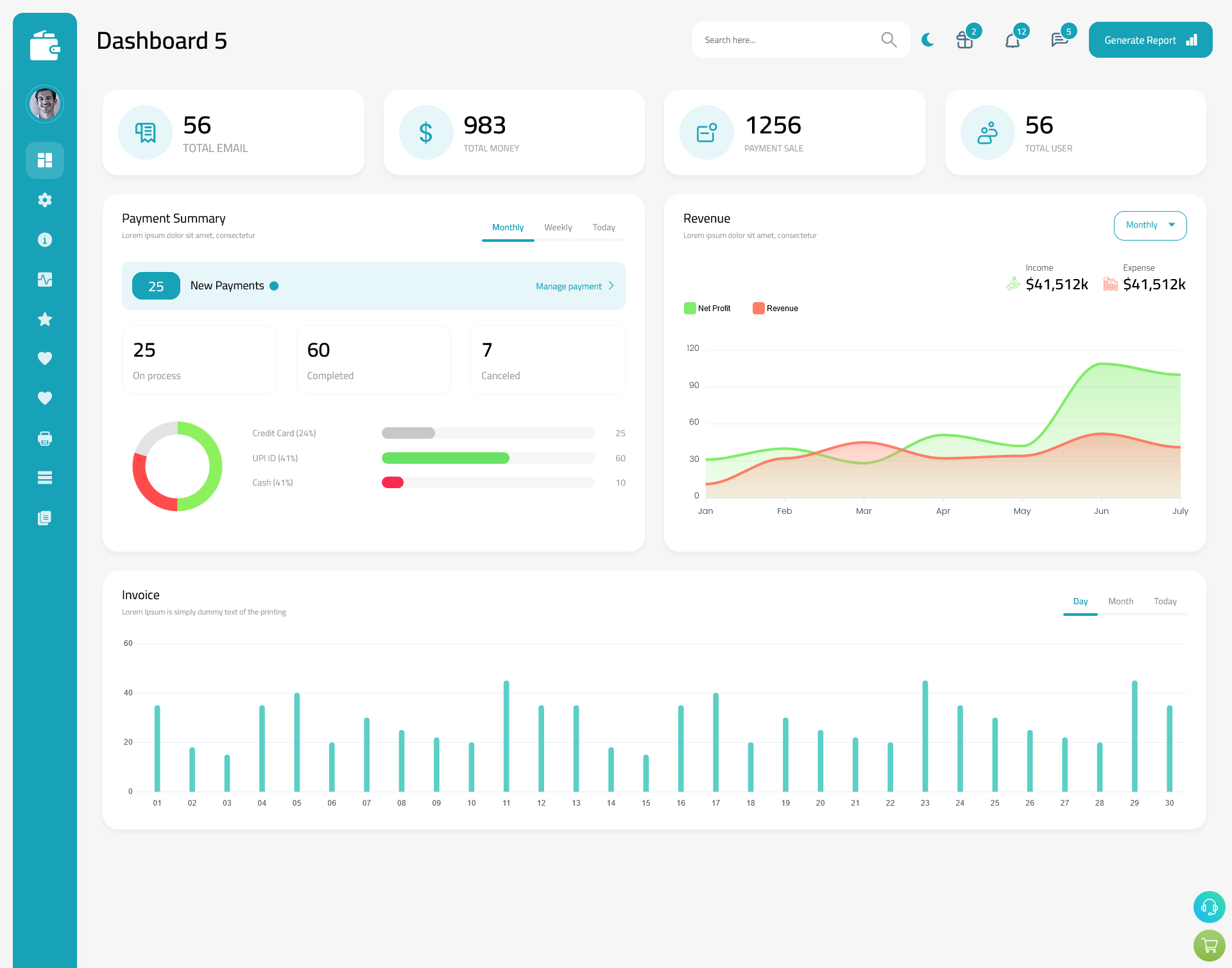中立娱乐,注册|Attracting and Retaining Customers with Loyalty Programs
Attracting and Retaining Customers with Loyalty Programs
In today's competitive business landscape, attracting and retaining customers is essential for long-term success. Loyalty programs have emerged as a powerful tool in achieving these goals, allowing businesses to reward customers for their continued patronage and nurture a sense of loyalty. This article explores the benefits and effectiveness of loyalty programs in attracting and retaining customers.
Importance of Customer Loyalty
Customer loyalty is a valuable asset for any business. Loyal customers are more likely to make repeat purchases, spend more money with the business, and refer new customers. They are less price-sensitive and less likely to switch to competitors. Building customer loyalty is a long-term investment that can yield significant rewards in the form of increased revenue, profitability, and market share.
Benefits of Loyalty Programs
Loyalty programs offer a range of benefits that can help businesses attract and retain customers. These benefits include:
Increased customer satisfaction: Customers who participate in loyalty programs feel appreciated and valued by businesses, leading to increased satisfaction. When customers are satisfied with a business, they are more likely to make repeat purchases and recommend the business to others.
Enhanced customer engagement: Loyalty programs encourage customers to interact with businesses more frequently, providing valuable opportunities for businesses to build relationships with customers and gain insights into their preferences. This engagement can be achieved through various channels, such as in-store purchases, online transactions, and mobile apps.
Valuable customer data: Loyalty programs enable businesses to collect valuable customer data, including purchase history, preferences, and contact information. This data can be used to personalize marketing efforts, improve customer service, and develop targeted promotions.
Increased sales and revenue: Loyalty programs can directly impact sales and revenue. By offering rewards and incentives, loyalty programs encourage customers to make more frequent purchases and spend more money with the business.
Types of Loyalty Programs
There are numerous types of loyalty programs, each with its unique features and benefits. Some common types of loyalty programs include:
Point-based programs: Customers earn points for every purchase they make, which can be redeemed for rewards such as discounts, free products, or gift cards.

Tiered programs: Customers progress through different tiers of the program based on their spending or engagement, unlocking new rewards and benefits as they advance.
Coalition programs: Multiple businesses partner together to offer a single loyalty program, allowing customers to earn rewards across multiple brands or retailers.
Subscription programs: Customers pay a recurring fee to access exclusive benefits, such as free shipping, early access to products, or personalized recommendations.
Effective Loyalty Program Design
To maximize the effectiveness of a loyalty program, businesses should carefully consider the following factors:
Program simplicity: The program should be easy to understand and participate in. Customers should not have to jump through hoops to earn rewards or redeem them.
Valuable rewards: Rewards should be attractive and relevant to the target audience. Customers should feel that they are getting a good deal for their loyalty.
Personalized experience: The program should offer personalized rewards and benefits based on individual customer preferences and behavior. This can be achieved through data collection and analysis.
Multi-channel integration: The program should be accessible through various channels, including in-store, online, and mobile. This makes it convenient for customers to participate and earn rewards.
Measurable results: The program should include metrics to measure its effectiveness. This allows businesses to track performance and make adjustments as needed.
Conclusion
Loyalty programs are a powerful tool for attracting and retaining customers. By offering rewards and incentives for continued patronage, businesses can build strong relationships with customers, increase sales and revenue, and reduce customer churn. To be effective, loyalty programs should be well-designed, easy to participate in, and offer valuable rewards. With careful planning and implementation, loyalty programs can be a game-changer for businesses looking to thrive in today's competitive marketplace.
